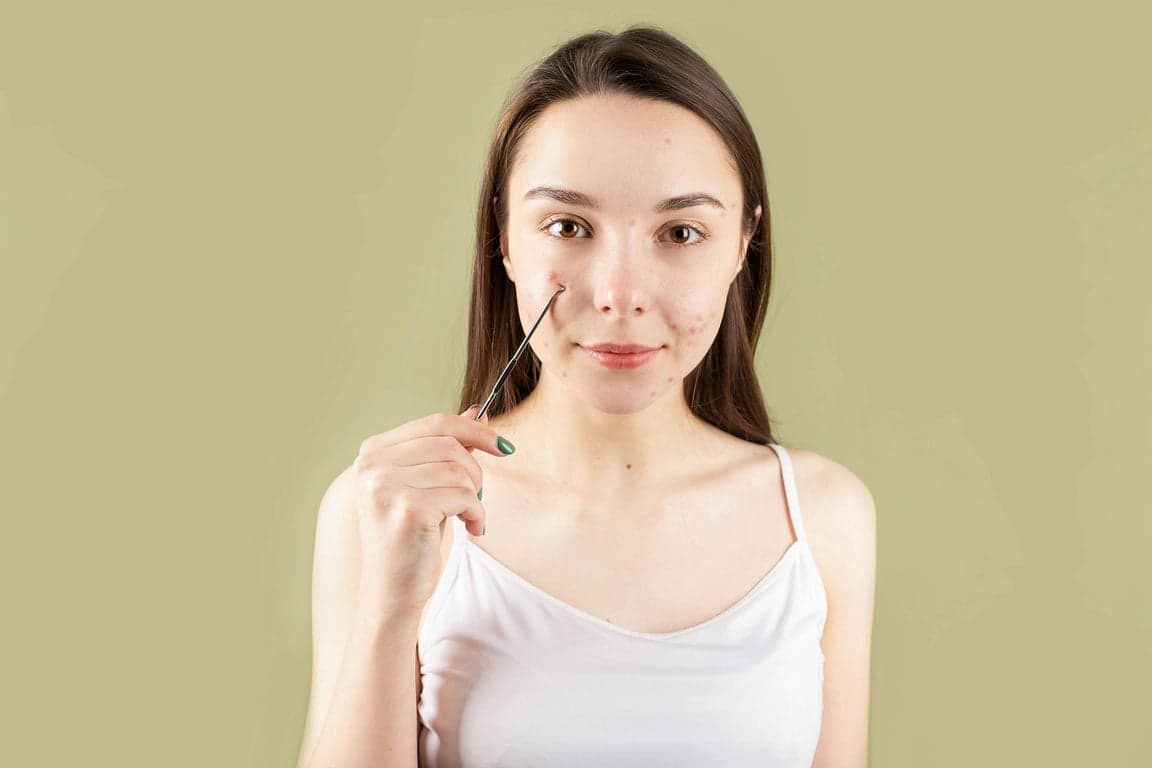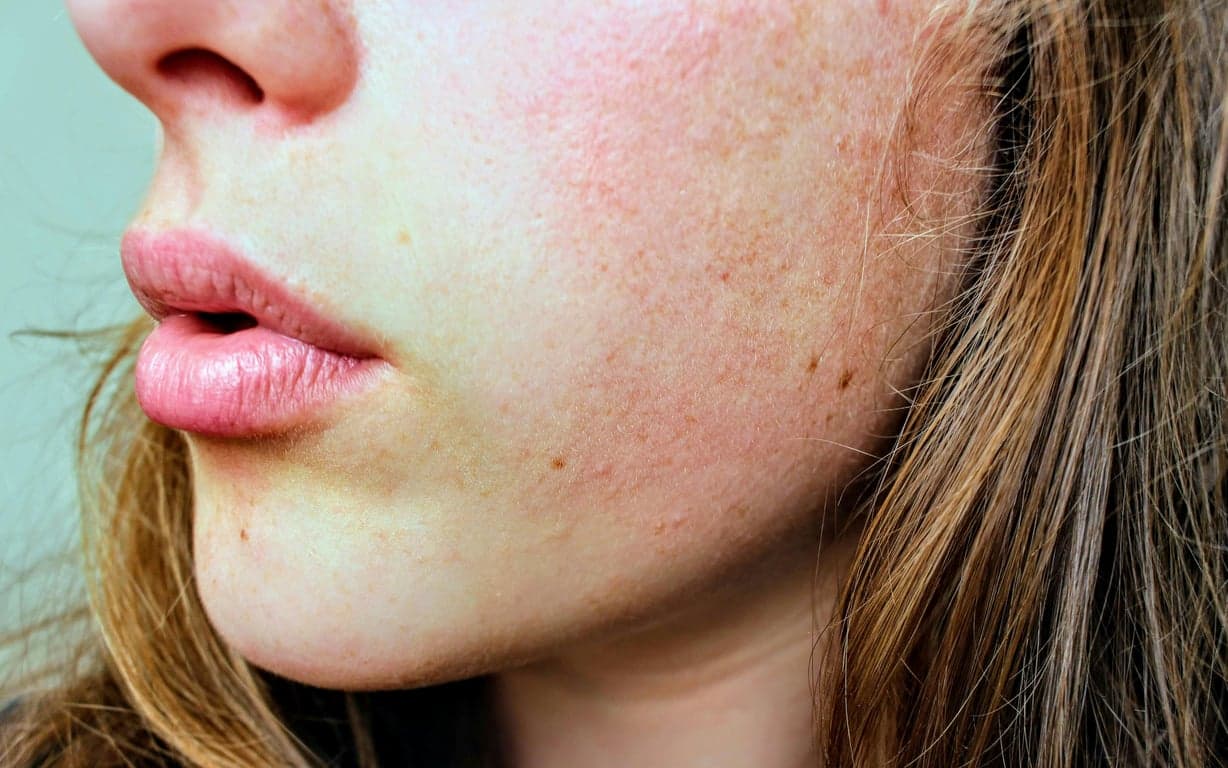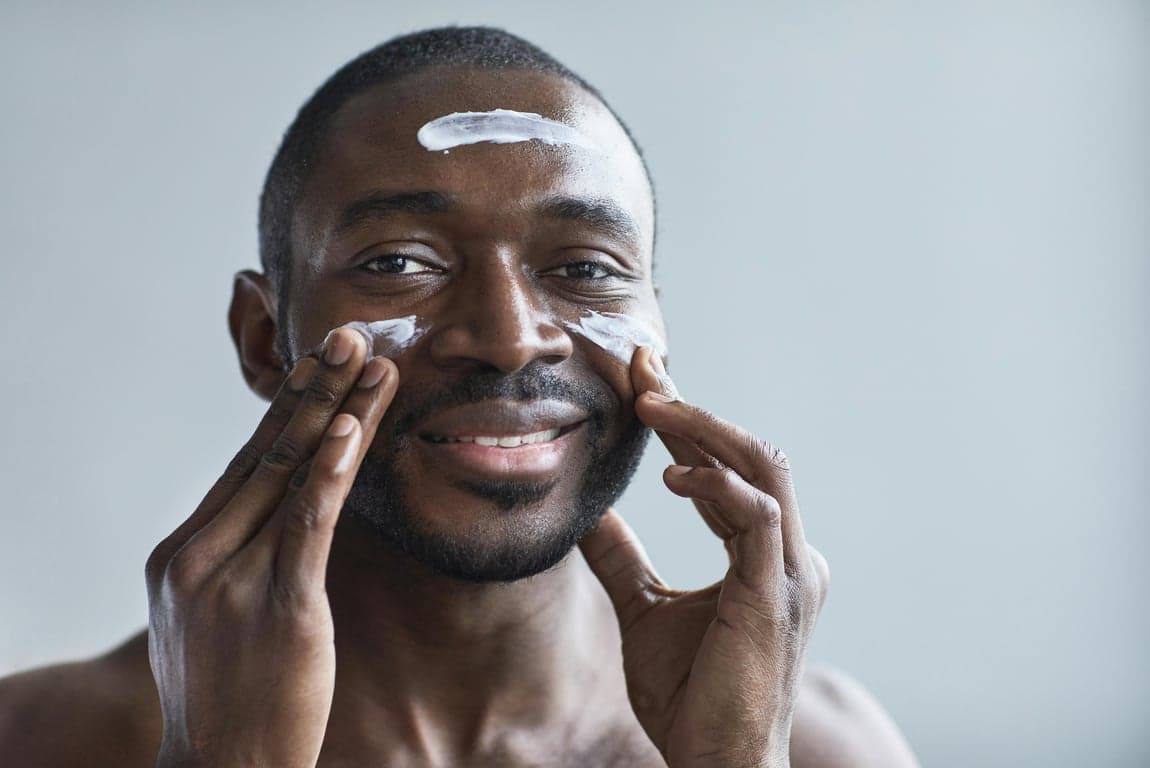
Comprehensive Guide to Managing Oily Skin
Oily skin is a common concern that affects many individuals. Understanding the biological mechanisms behind oily skin can help you develop an effective skincare routine to combat its effects. In this guide, we will define key terms, explain how oily skin is formed, and provide a detailed skincare routine tailored for oily skin, including product recommendations and actionable tips for seasonal adjustments.
Understanding Oily Skin: Sebaceous Glands and Sebum
What Are Sebaceous Glands?
Sebaceous glands are small oil-producing glands located in the dermis layer of the skin. They are attached to hair follicles and are found throughout the body except for the palms of the hands and soles of the feet. The primary function of these glands is to produce sebum, a natural oil that helps to keep the skin moisturized and protected.
What Is Sebum?
Sebum is a complex mixture of lipids, including triglycerides, wax esters, squalene, and free fatty acids. It plays several critical roles in maintaining skin health:
• Barrier Function: Sebum contributes to the skin's barrier, preventing moisture loss and protecting against environmental aggressors.
• Hydration: It helps to maintain skin hydration by preventing excessive water evaporation.
• Antimicrobial Properties: The fatty acids in sebum have antimicrobial properties that help protect the skin from bacteria.
Excess Sebum Production
When sebaceous glands produce excess sebum, it can lead to a shiny complexion, enlarged pores, and acne breakouts. Factors contributing to increased oil production include hormonal fluctuations (such as during puberty or menstrual cycles), genetics, high humidity, and the use of certain medications. This excess oil can trap dirt, dead skin cells, and bacteria, leading to clogged pores and inflammation, which manifests as acne.
Skincare Routine for Oily Skin
An effective skincare routine for oily skin should focus on controlling excess oil production, preventing breakouts, and maintaining overall skin health. Here’s a breakdown of a complete routine:
1. Cleanser
Recommended Ingredients: Salicylic acid, tea tree oil, zinc PCA
How It Works: Salicylic acid is a beta-hydroxy acid (BHA) that penetrates the pores to dissolve excess oil and dead skin cells. This helps to reduce the likelihood of clogged pores and breakouts.
Product Recommendations:
• Cleansing Gel: CeraVe Foaming Facial Cleanser with ceramides and salicylic acid to control oil without stripping moisture.
• Foam Cleanser: Avène Mattifying Cleansing Foam, which helps regulate sebum production while maintaining hydration.
2. Toner
Recommended Ingredients: Witch hazel, niacinamide, alpha hydroxy acids (AHAs)
How It Works: Toners can help remove any remaining traces of oil and impurities, tighten pores, and provide a refreshing feel. Witch hazel is a natural astringent that helps to reduce oiliness and control inflammation.
Product Recommendations:
• Thayers Witch Hazel Toner (alcohol-free), perfect for oily skin to help control shine without over-drying.
• Niacinamide Serum: The Ordinary Niacinamide 10% + Zinc 1%, which regulates sebum production and improves skin texture.
3. Serum
Recommended Ingredients: Niacinamide, hyaluronic acid, salicylic acid
How It Works: Serums penetrate deeper into the skin, delivering active ingredients that help control oil and enhance hydration. Niacinamide not only reduces oiliness but also minimizes the appearance of pores.
Product Recommendations:
• Paula’s Choice 10% Niacinamide Booster, which helps regulate sebum and improve skin tone.
4. Moisturizer
Recommended Ingredients: Lightweight, oil-free formulations, hyaluronic acid
How It Works: A lightweight moisturizer is essential for oily skin to maintain hydration without adding excess oil. Hyaluronic acid draws moisture to the skin, keeping it hydrated without clogging pores.
Product Recommendations:
• Gel Moisturizer: Neutrogena Hydro Boost Water Gel, which is oil-free and provides long-lasting hydration.
5. Sunscreen
Recommended Ingredients: Oil-free, non-comedogenic formulations
How It Works: Sunscreen protects the skin from harmful UV rays, which can exacerbate oiliness and lead to skin damage. Look for products that are lightweight and formulated for oily skin.
Product Recommendations:
• EltaMD UV Clear Broad-Spectrum SPF 46: A lightweight, oil-free sunscreen that contains niacinamide to help control oil and redness while providing broad-spectrum protection.
• Supergoop! Mineral Mattescreen (SPF 40): A mineral-based sunscreen that offers broad-spectrum protection with a matte finish, ideal for oily skin types and as a smooth base for makeup.
Seasonal Adjustments to Your Routine
As the seasons change, so should your skincare routine. Here are some tips for adjusting your routine based on climate:
• Summer: Opt for lighter, gel-based moisturizers and increase the frequency of exfoliation with salicylic acid. Use oil-free sunscreens to prevent excess shine.
• Winter: Even oily skin can become dehydrated in winter. Switch to a richer moisturizer (still oil-free) and consider adding a hydrating serum with hyaluronic acid to combat dryness.
FAQs About Oily Skin
Can oily skin still be dehydrated?
Yes, oily skin can be dehydrated. Dehydration refers to a lack of water, while oiliness refers to excess sebum production. Factors such as harsh weather, over-exfoliation, or using overly drying products can lead to dehydration, causing tightness and dullness despite an oily complexion.
What lifestyle factors contribute to oil production?
Several lifestyle factors can affect oil production, including:
• Diet: High sugar and dairy intake can exacerbate oiliness and acne.
• Stress: Increased stress levels can trigger hormonal fluctuations that lead to excess oil production.
• Hormones: Puberty, menstrual cycles, and hormonal imbalances can significantly influence sebum production.
Can I skip moisturizer if I have oily skin?
No, moisturizing is crucial even for oily skin. Skipping moisturizer can lead to dehydration, prompting your skin to produce even more oil to compensate. Choose lightweight, oil-free moisturizers that hydrate without clogging pores.
How often should I wash my face if I have oily skin?
Wash your face twice daily, in the morning and evening. Over-washing can strip your skin of natural oils, leading to increased oil production. Use a gentle, non-comedogenic cleanser.
Is it true that oily skin ages slower?
There's some truth to this. Oily skin tends to have more natural moisture and may develop fewer fine lines and wrinkles. However, proper skincare is still essential for maintaining healthy skin.
Can using oil-based products help balance oily skin?
Counterintuitively, some oil-based products can help balance oily skin. Look for non-comedogenic oils like jojoba or squalane, which can help regulate sebum production.
Should I avoid sunscreen if I have oily skin?
No, sun protection is crucial for all skin types. Choose oil-free, non-comedogenic sunscreens labeled as "mattifying" or specifically formulated for oily skin.
How can I manage oily skin during hot, humid weather?
Use oil-absorbing sheets, carry a facial mist for refreshing, and opt for lightweight, gel-based moisturizers. Consider using a mattifying primer before applying makeup.
Conclusion
Managing oily skin involves understanding the underlying biology, creating a suitable skincare routine, and making seasonal adjustments. By following the recommended steps and using products with effective ingredients, you can achieve a balanced complexion and prevent breakouts. Remember, it's essential to listen to your skin's needs and make adjustments as necessary. If you're struggling to manage your oily skin, consider consulting a dermatologist for personalized advice.



